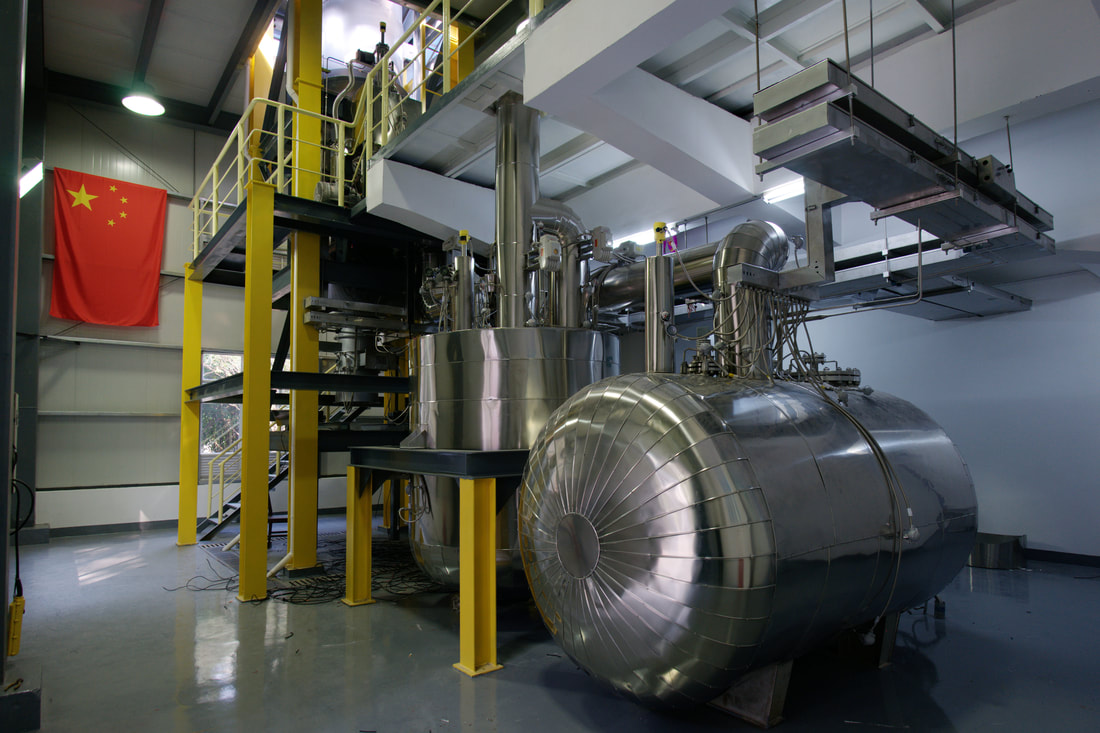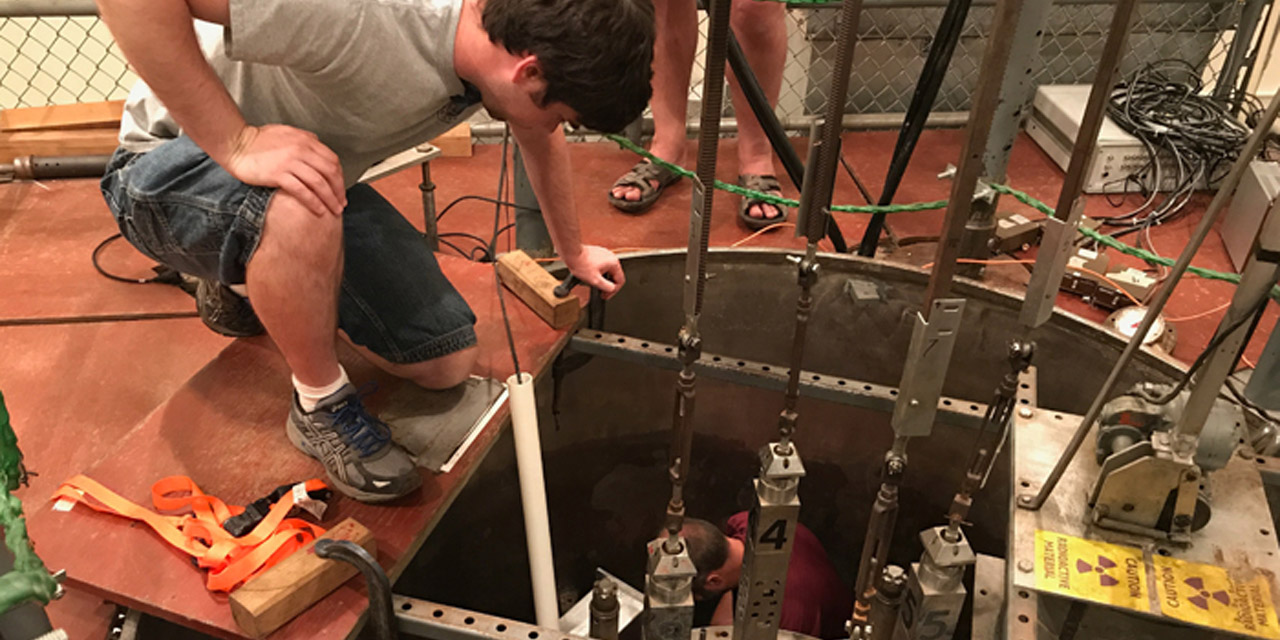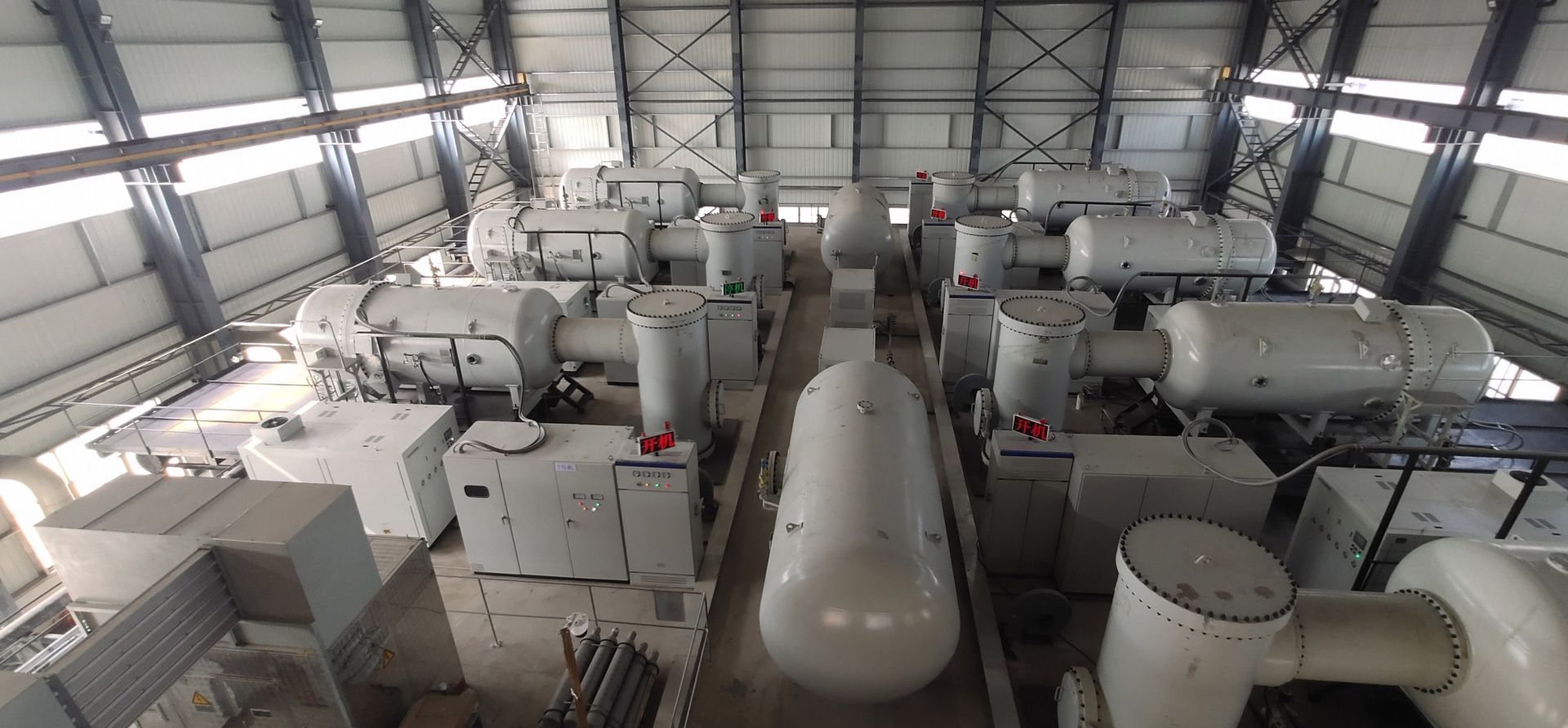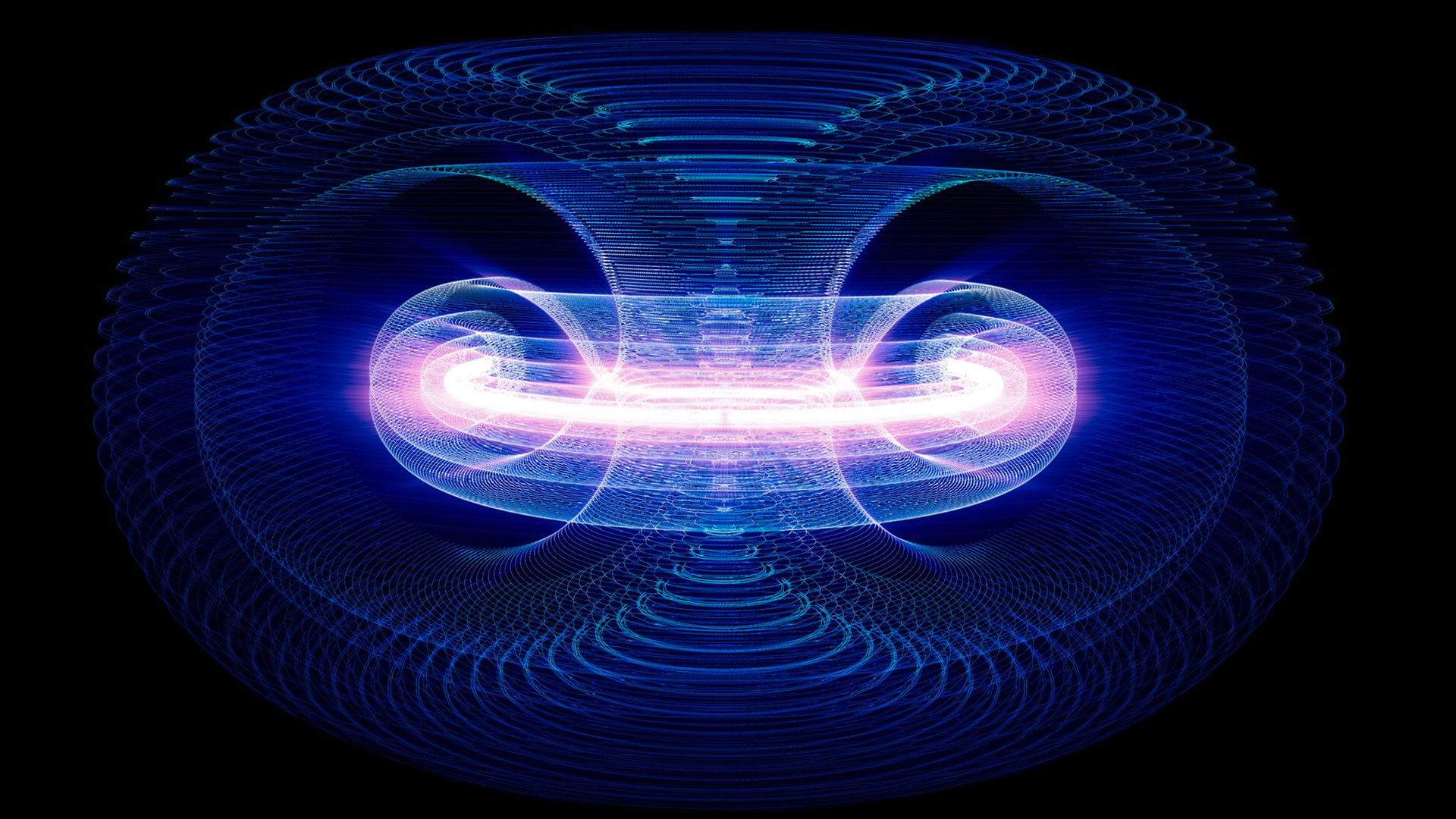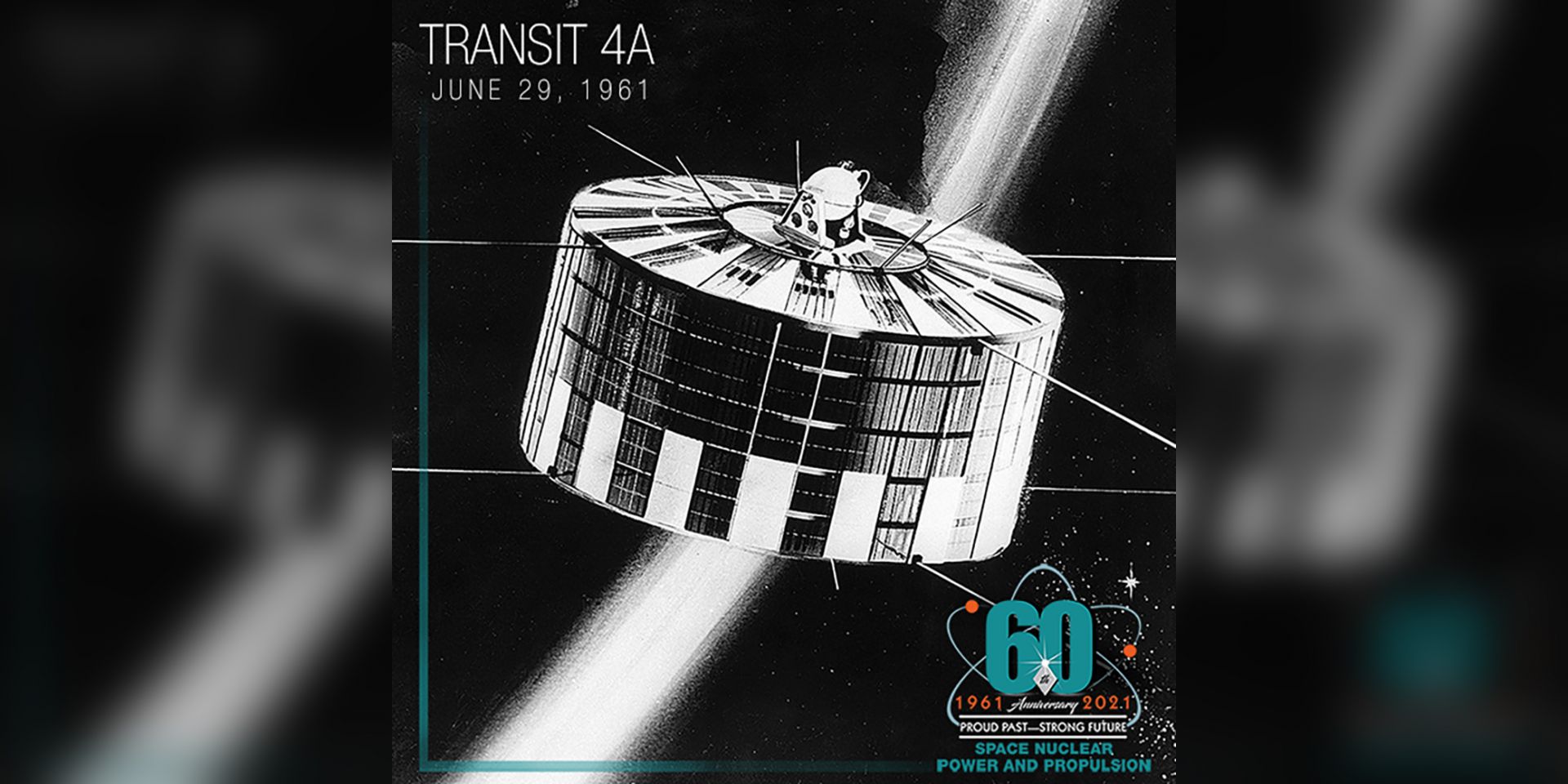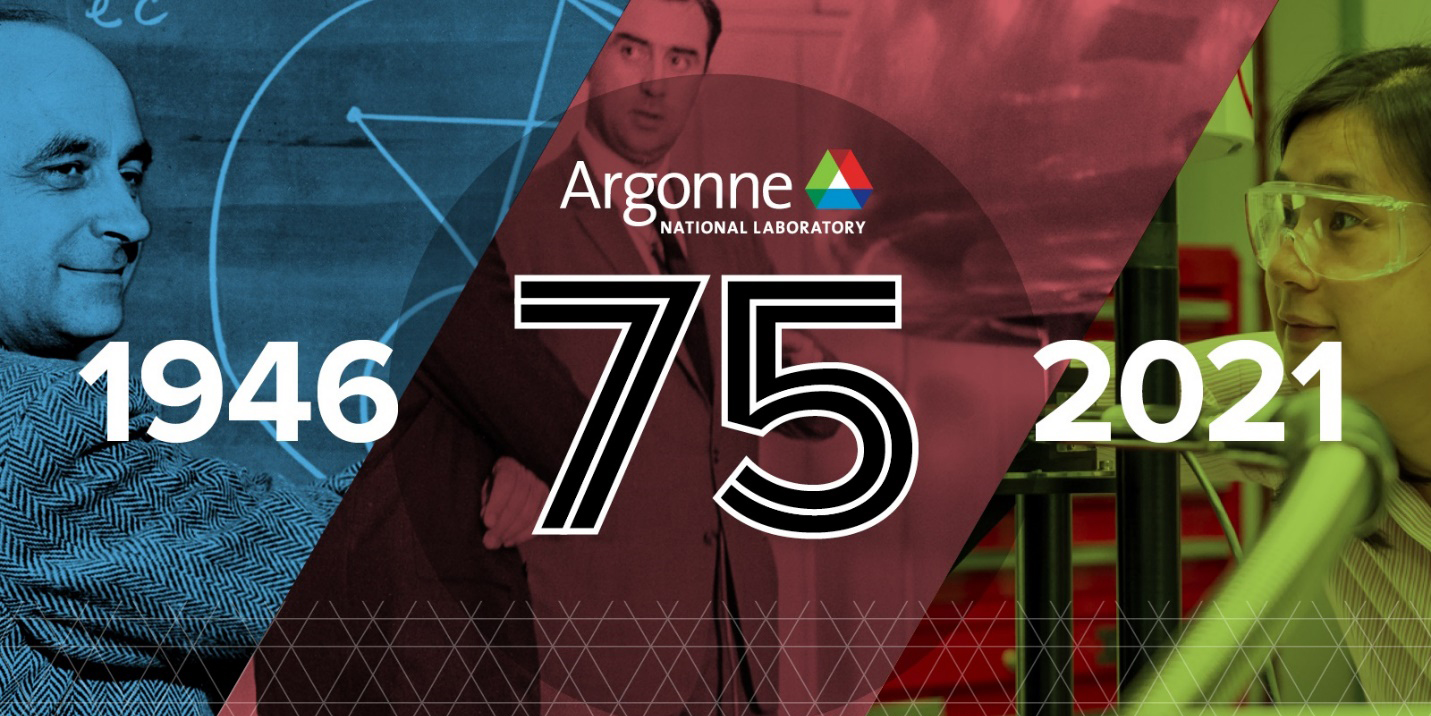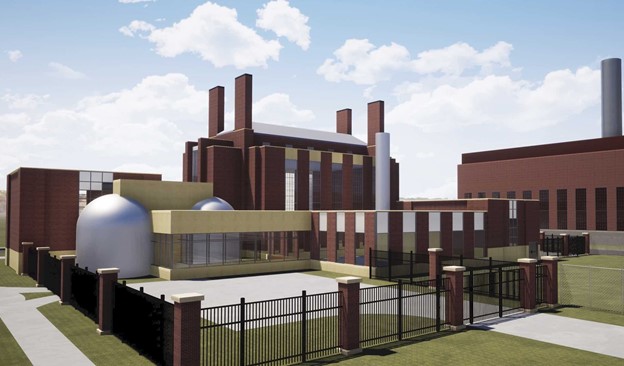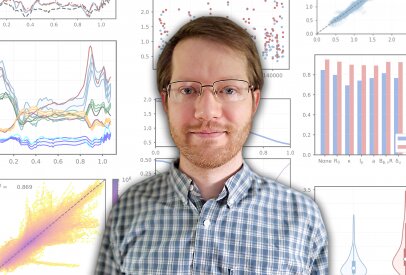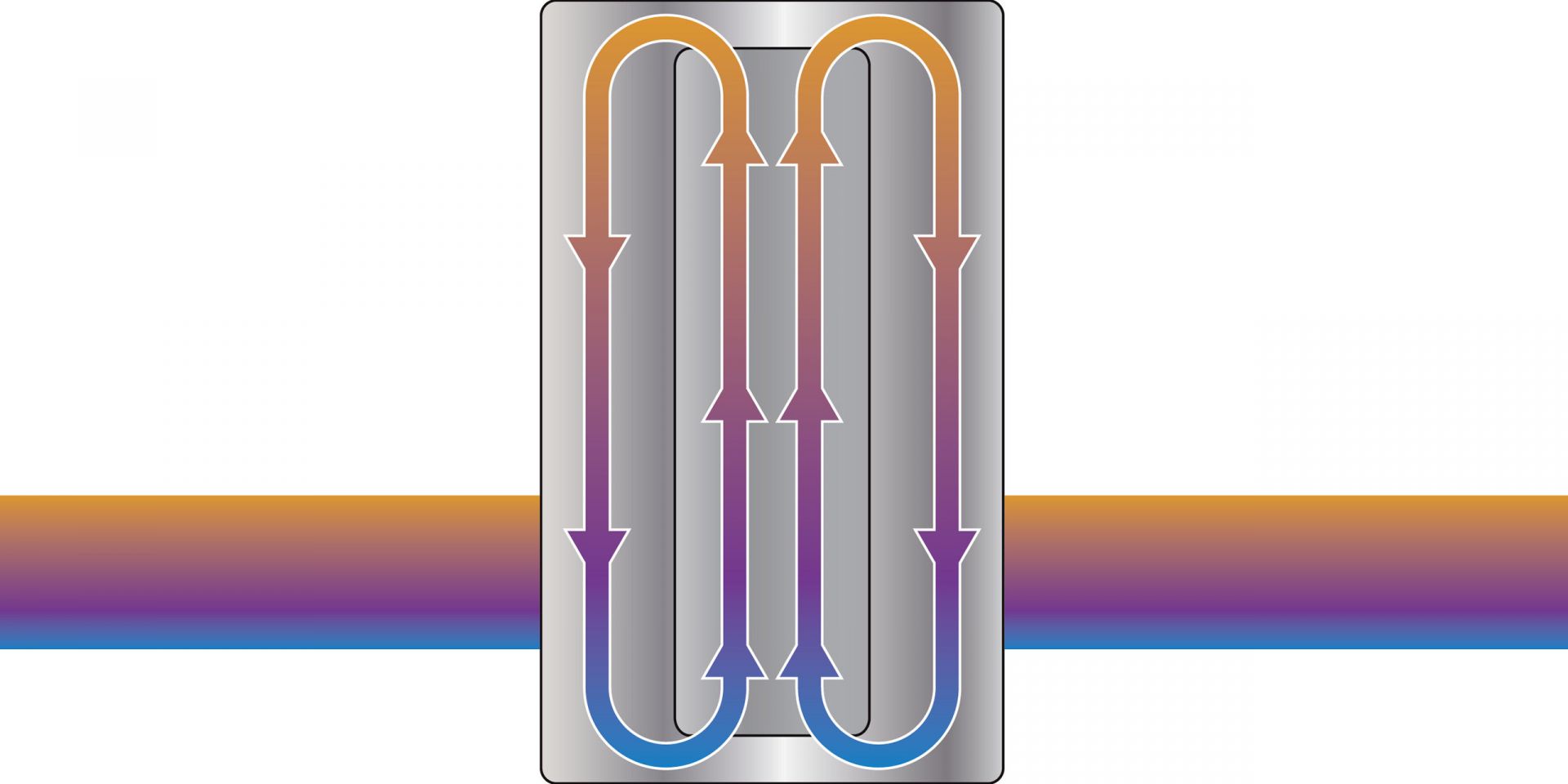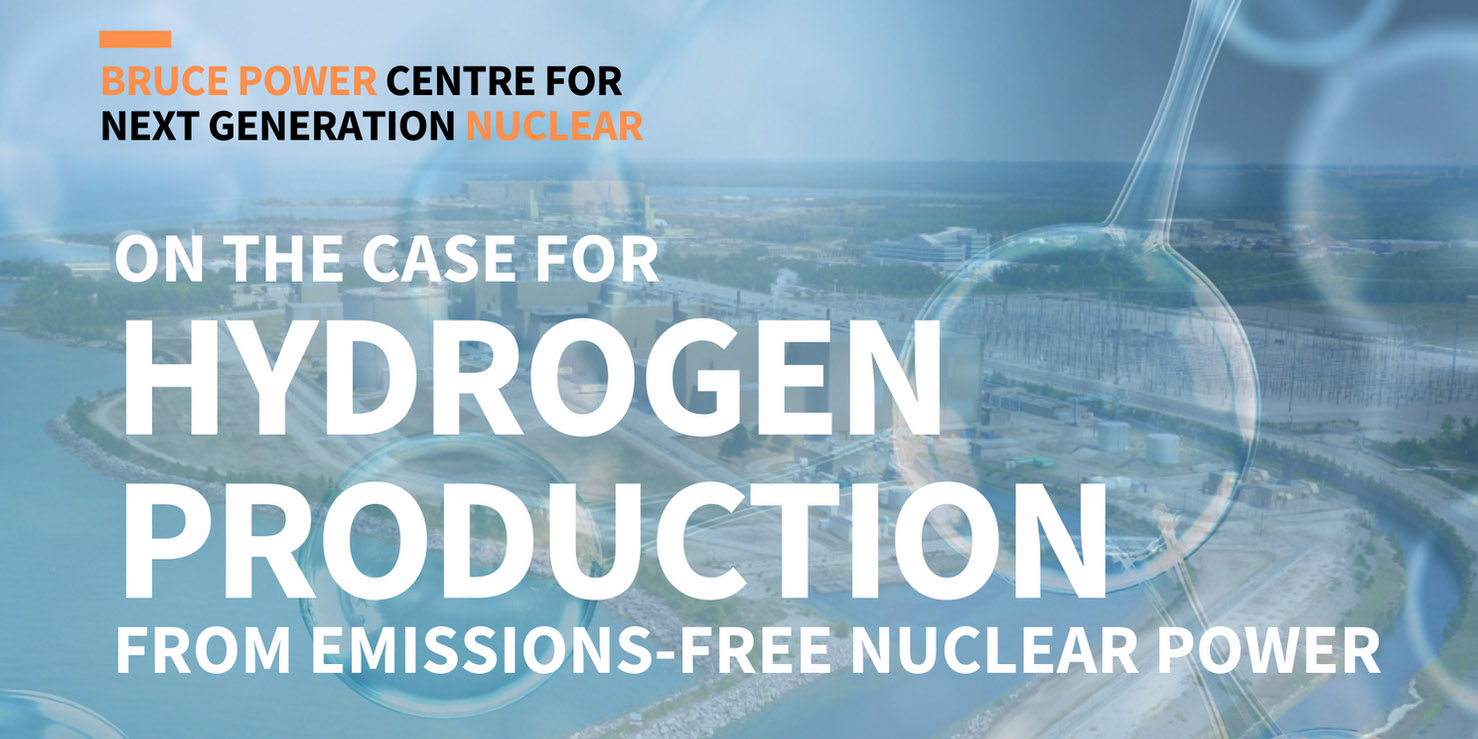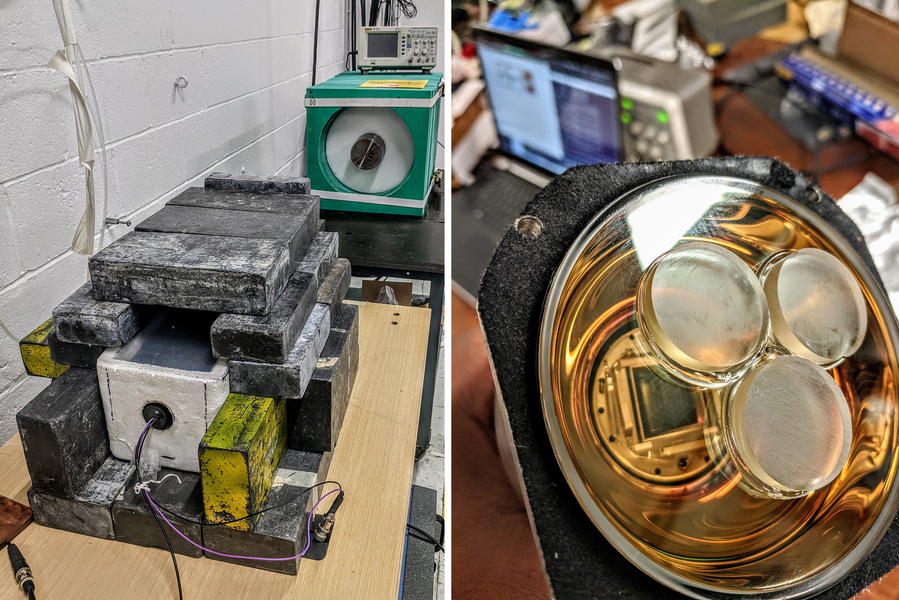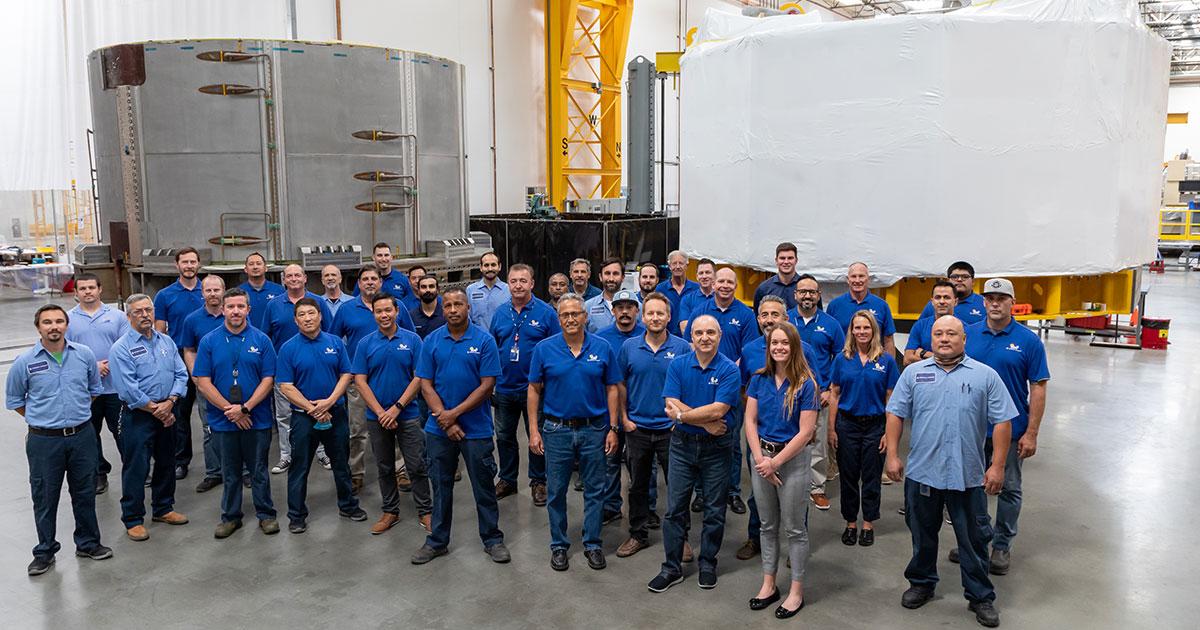China’s molten salt loop experiment. (Photo: Thorium Energy World)
China is moving ahead with the development of an experimental reactor that would be the first of its kind in the world and “could prove key to the pursuit of clean and safe nuclear power,” according to an article in New Atlas.
Nicholas Thompson of LANL helps set up the neutron clustering measurements at the Walthousen Reactor Critical Facility at Rensselaer Polytechnic Institute in Schenectady, NY. (Photo: LANL)
A statistically predicted tendency for neutrons produced inside fission reactors to form in clusters can cause asymmetrical energy production that is counterbalanced, at least in part, by the spontaneous fission of radioactive material in the reactor.
July 16, 2021, 3:02PMNuclear NewsCarley Willis and Joanne Liou Photo: Institute of Nuclear and New Energy Technology
With the capacity to treat 30,000 cubic meters of wastewater per day, the largest industrial wastewater treatment facility using electron beam technology in the world was inaugurated in China in June 2020. The treatment process has the capacity to save 4.5 million m3 of fresh water annually—equivalent to the amount of water consumed by about 100,000 people.
Tuber magnatum, or European white truffles, may be the most expensive food on earth per kilogram. (Photo: Evan Sung)
Scientists from the Jozef Stefan Institute in Slovenia, with technical advice and analytical support from the International Atomic Energy Agency and the Food and Agriculture Organization of the United Nations, are studying the composition of truffles—a rare and expensive type of mushroom—in order to determine their origin and help detect fraud. Thanks to a database and the techniques developed, other laboratories worldwide can also test truffles, establish their geographical origin, and verify whether they are genuine.
The 1958 Ford Nucleon concept car. (Photo: The Drive )
A car capable of traveling 5,000 miles between fueling stops? Sounds impossible, right? It turns out that, yes, it was impossible. But that didn’t stop the Ford Motor Company in 1958 from envisioning a car—the Nucleon—powered by a small nuclear reactor. The Drive took a close look at the fantastical idea in a July 5 article, “Inside the Impossible Dream of the Nuclear-Powered 1958 Ford Nucleon.”
Flags in front of the European Commission building in Brussels. (Image: Sébastien Bertrand)
The European Commission last week adopted the Euratom Work Programme 2021–2022, implementing the Euratom Research and Training Programme 2021–2025, a complement to Horizon Europe, the European Union’s key funding program for research and innovation.
Argonne marks its 75th anniversary on July 1. (Image: Argonne)
Seventy-five years ago today, on July 1, 1946, the first U.S. national laboratory was chartered with the singular mission of developing the peaceful uses of nuclear energy. Now, the Department of Energy’s Argonne National Laboratory is one of the nation’s largest science laboratories, working on diverse challenges in energy, climate, science, medicine, and national security.
A rendering of Ultra Safe Nuclear Corporation’s micro modular reactor as proposed for construction on the University of Illinois at Urbana-Champaign campus. (Graphic: USNC)
The U.S. state with more nuclear power plants than any other—Illinois—has no operating university research reactors. A team at the University of Illinois at Urbana-Champaign (UIUC) intends to reverse that situation and construct a high-temperature gas-cooled microreactor. If the team's plans go ahead, the first new U.S. university research reactor deployment in about 30 years could also support commercial advanced reactor deployment.
Left: An experimental setup showing a shielded detector. Right: A DT neutron source showing three disks of 6Li doped glass scintillator mounted on a photomultiplier tube. (Photos: MIT)
Neutron resonance transmission analysis (NRTA) was developed by researchers at Los Alamos National Laboratory to identify unknown materials inside a sealed object using a beam of neutrons from a laboratory-scale apparatus. Recognizing that the potential nuclear security applications of NRTA were limited by the size and location of the apparatus, Areg Danagoulian, an associate professor in the Massachusetts Institute of Technology’s Department of Nuclear Science and Engineering, began about five years ago to consider how NRTA could be made portable to examine materials on location.
ITER CS Module 1 (shown here at right with the General Atomics fabrication team) is being loaded onto a specialized heavy transport vehicle for shipment to Houston, Texas, where it will be placed on a ship for transit to France. (Photo: General Atomics)
After a decade of design and fabrication, General Atomics (GA) is preparing to ship the first module of the central solenoid—the largest of ITER’s magnets—to the site in southern France where 35 partner countries are collaborating to build the world’s largest tokamak and the first fusion device to produce net energy.
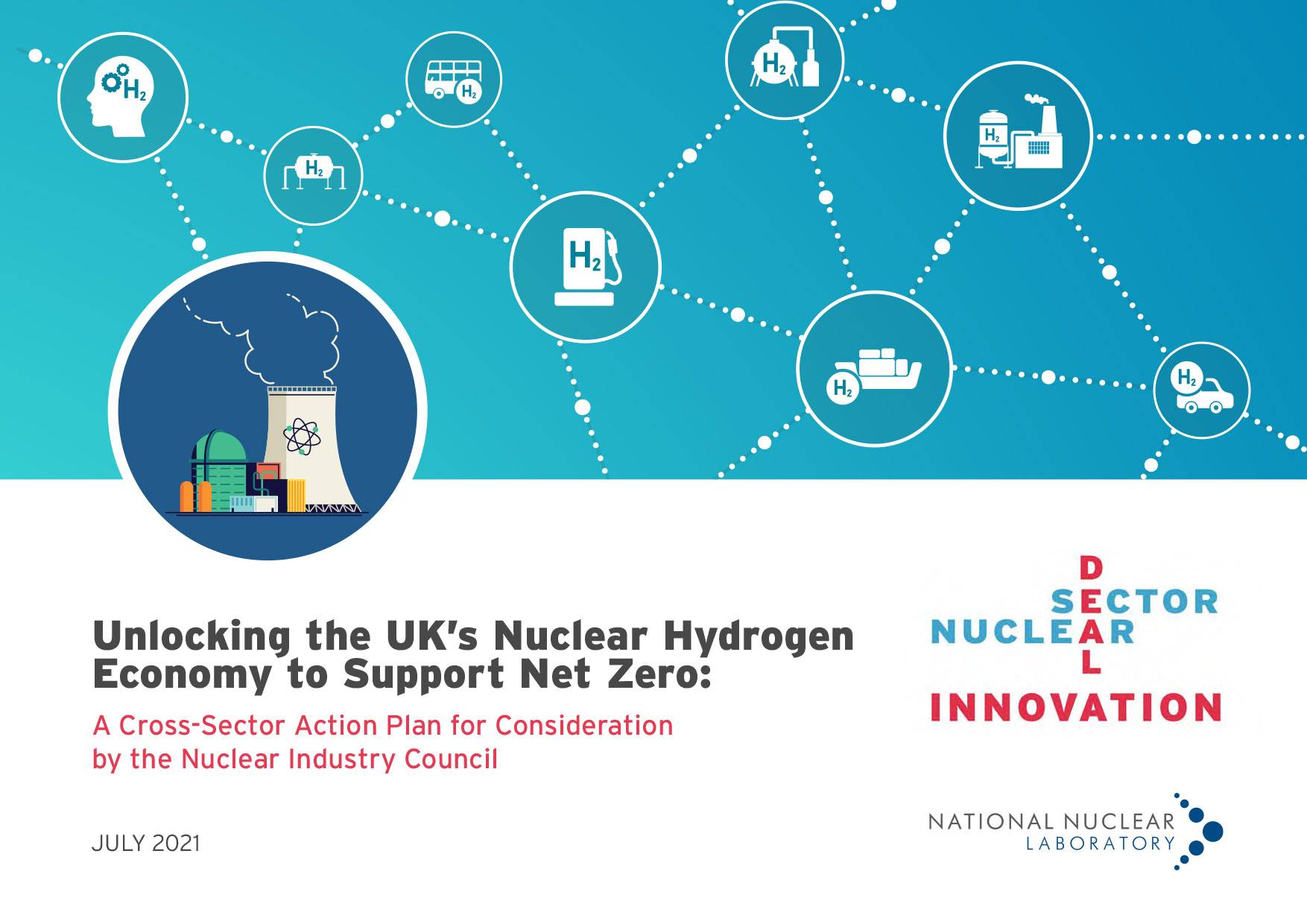 A report released last week by the Nuclear Sector Deal’s Innovation Group sets out a series of recommendations for the United Kingdom to realize the opportunity of zero-carbon hydrogen derived from nuclear energy.
A report released last week by the Nuclear Sector Deal’s Innovation Group sets out a series of recommendations for the United Kingdom to realize the opportunity of zero-carbon hydrogen derived from nuclear energy.

